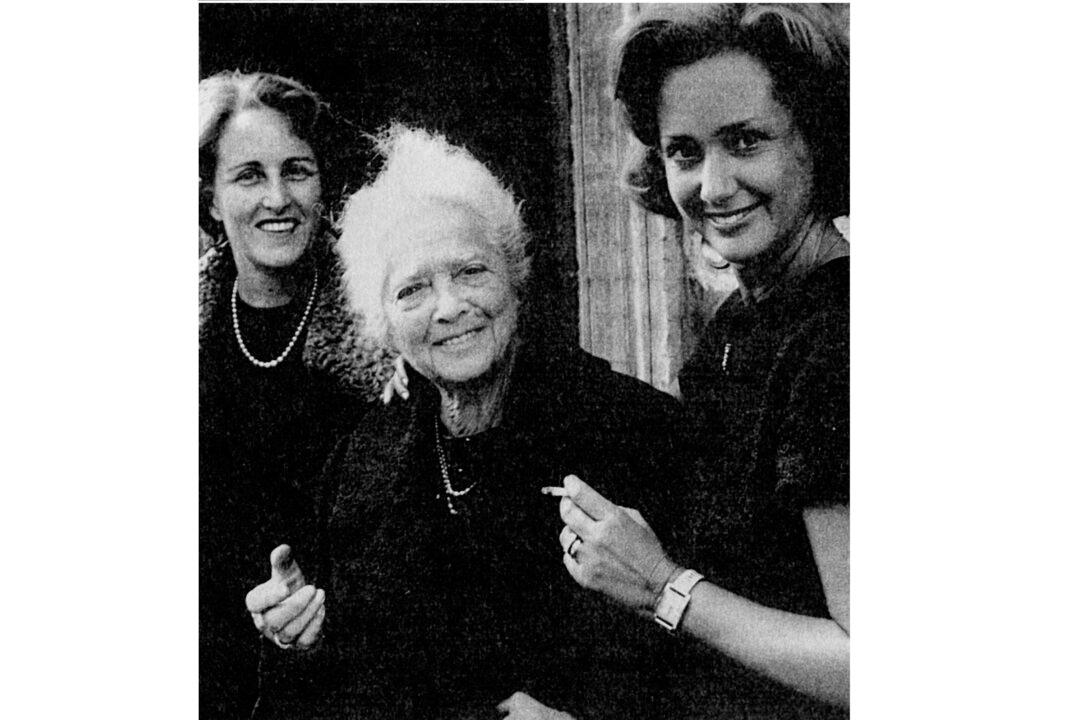In the Maremma, a rugged stretch of Italy’s western central coast, you will find a Tuscany that you do not expect. It is far from the Renaissance splendor of Florence, or the stereotype of the Chianti hills covered with vineyards and olive groves.
The Maremma is the land of Tuscan cowboys, the butteri, of buffaloes and cattle with half-moon-shaped horns. It is wild; it stretches from sandy coasts with pine forests to wooded hills up to Mount Amiata.





